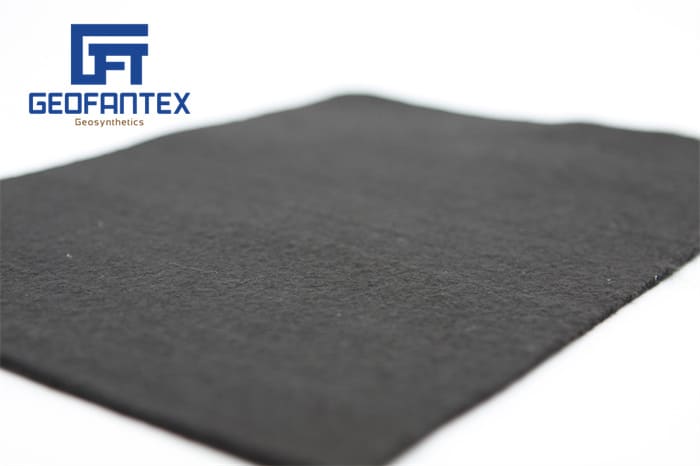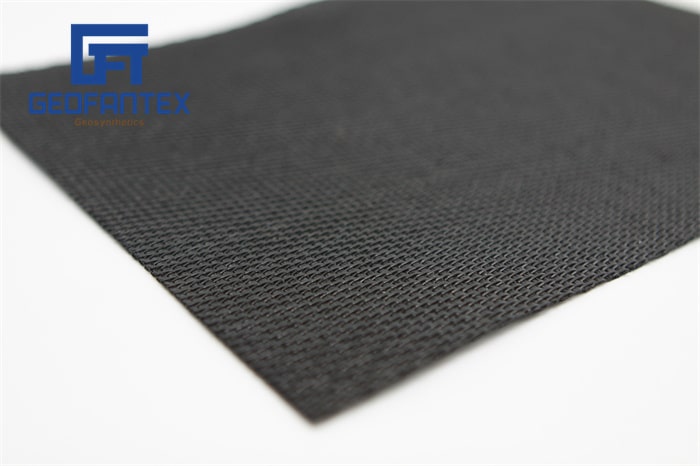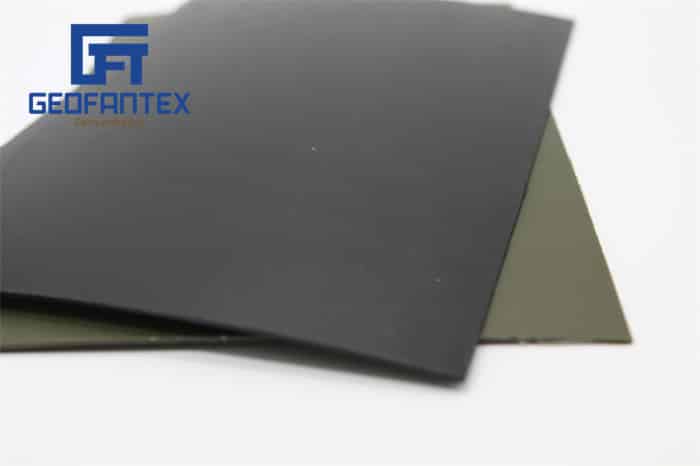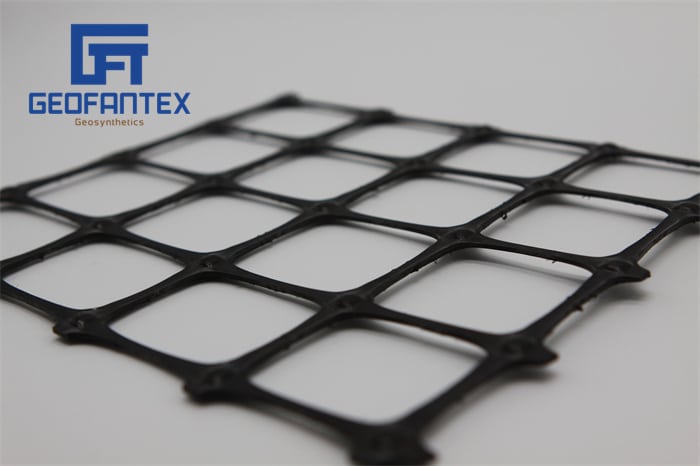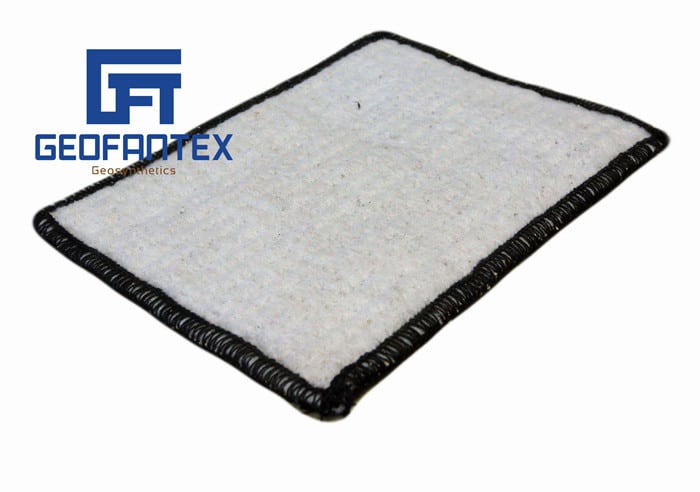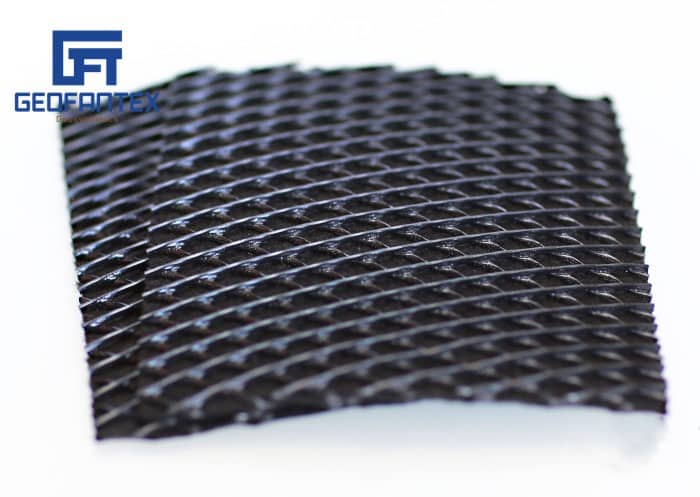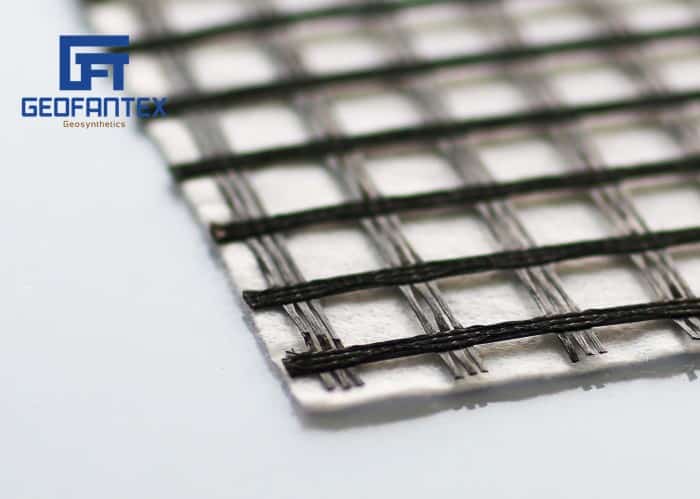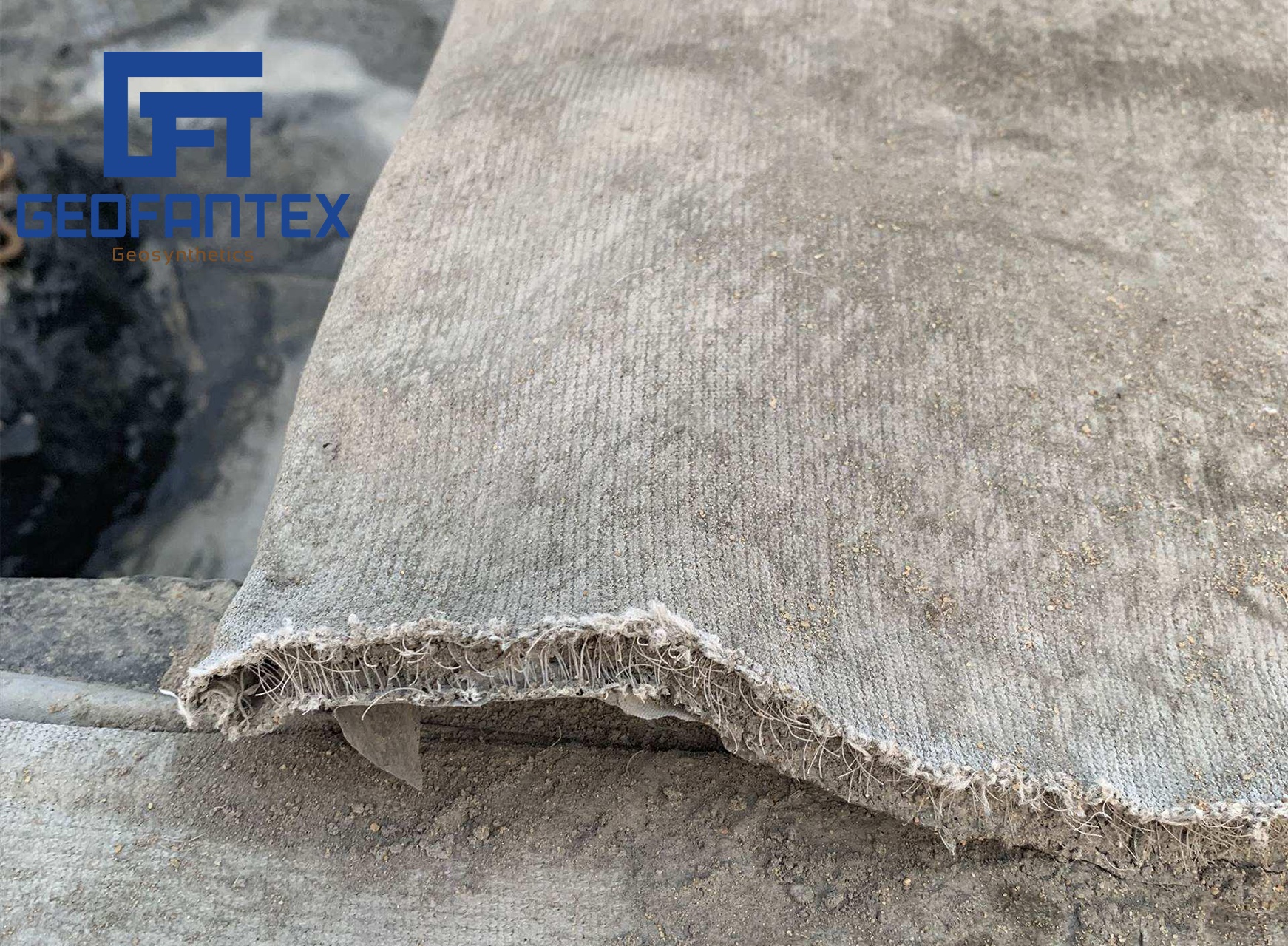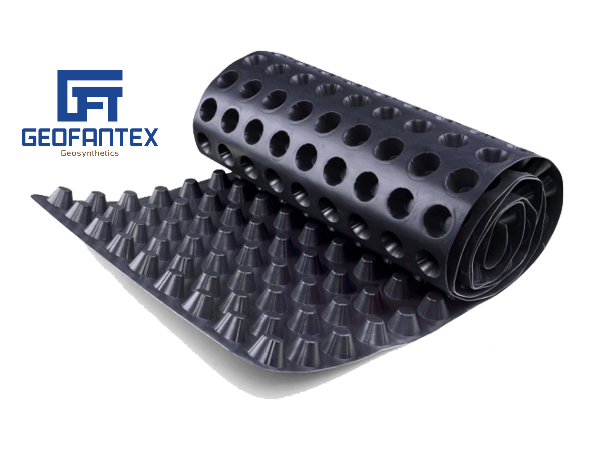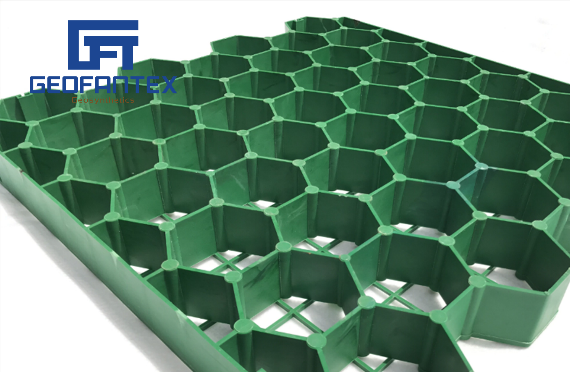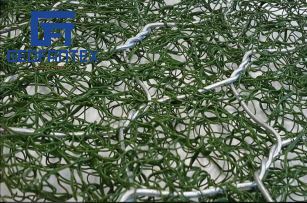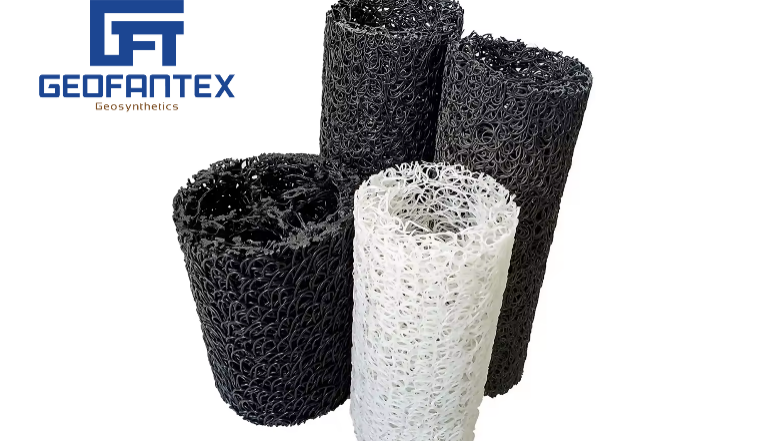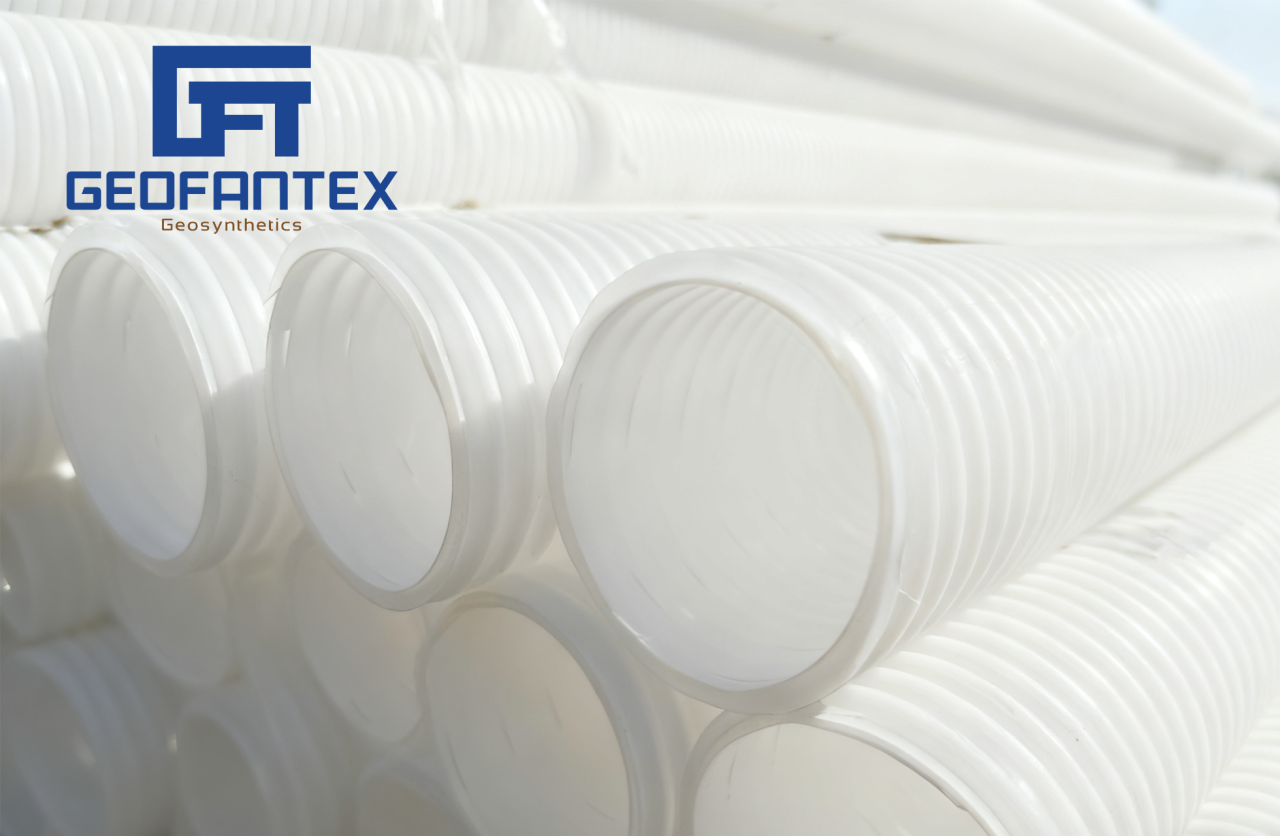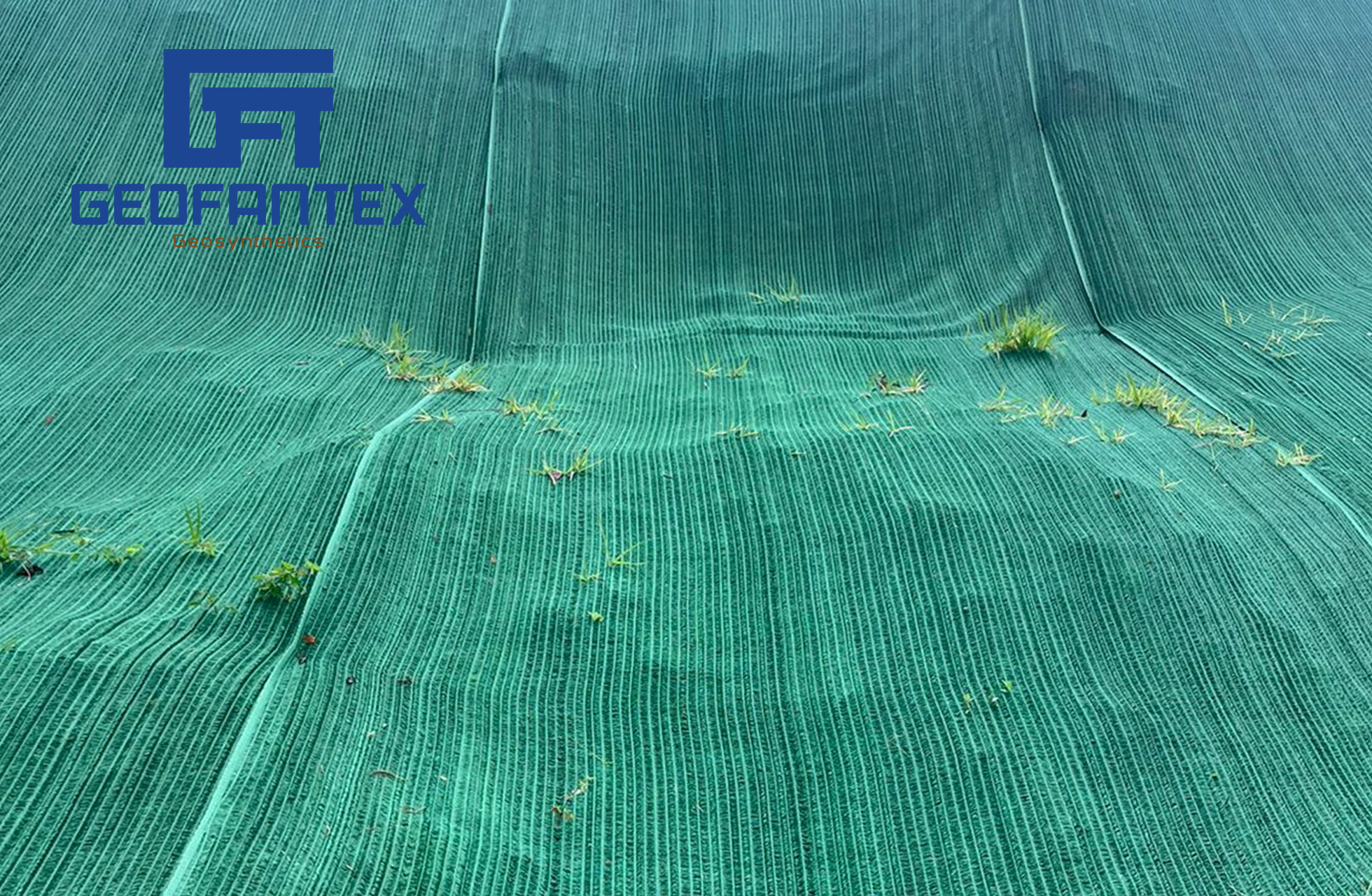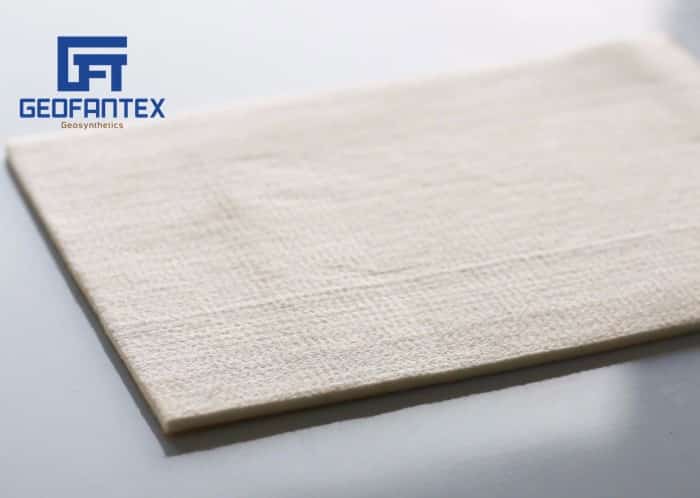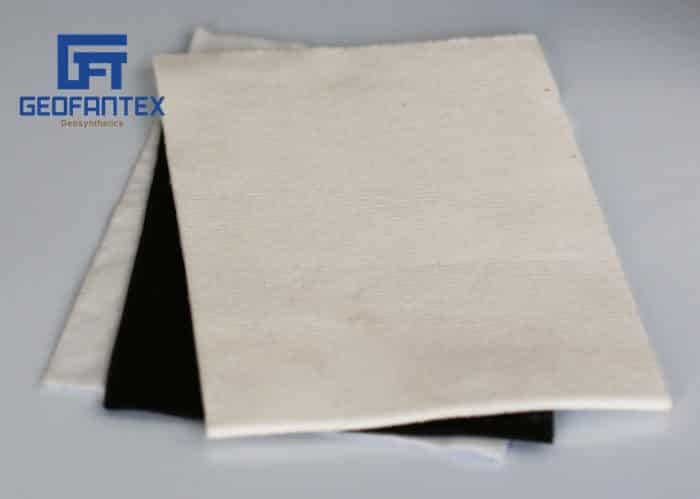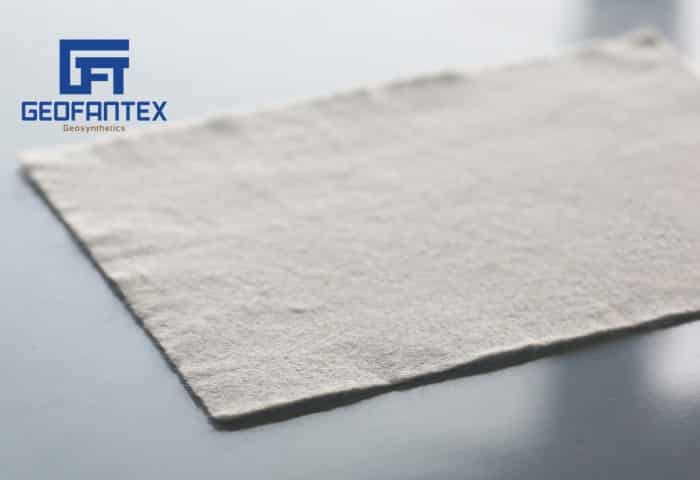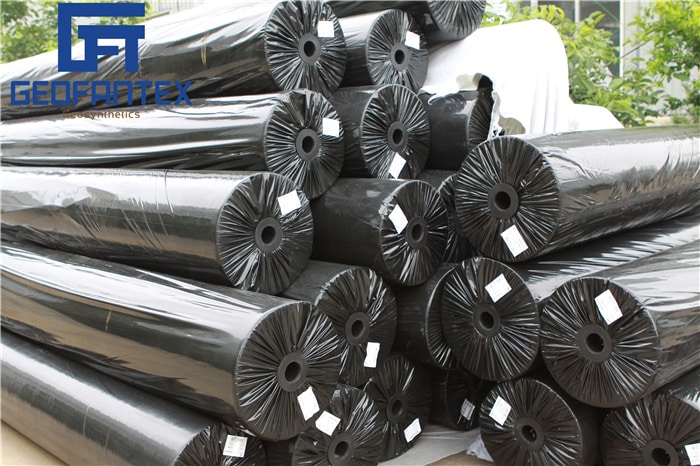+86-159 9860 6917
info@geofantex.com
geofantex@gmail.com
+86-400-8266163-44899
A geocomposite drainage system is an advanced geosynthetic solution designed to manage subsurface water in construction, landscaping, and infrastructure projects. By integrating drainage, filtration, and separation into one product, it efficiently addresses many of the common problems faced in water management types of geosynthetics . Here are four key questions and expert answers to help you understand how a geocomposite drainage system can benefit your project.
What Is a Geocomposite Drainage System and How Does It Work?
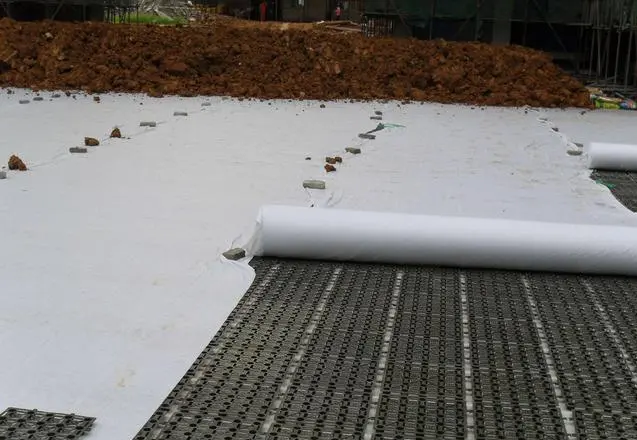
A geocomposite drainage system typically consists of a drainage core—such as a geonet, cuspated plastic sheet, or corrugated structure—bonded to a geotextile layer. The geotextile acts as a filter that allows water to pass through while preventing soil or debris from clogging the core. This setup facilitates the efficient horizontal or vertical flow of water away from critical areas like retaining walls, bridge abutments, green roofs, or road subgrades.
What Types of Projects Benefit from Geocomposite Drainage Systems?
These systems are commonly used in both civil engineering and environmental applications, including:
- Retaining wall backfill drainage retaining wall drainage system
- Landfill leachate collection systems
- Tunnel waterproofing systems
- Subsurface drainage in sports fields or roadways
In tight construction spaces or areas with poor soil permeability, a geocomposite drainage system offers significant space-saving and performance advantages compared to traditional gravel-based drainage layers.
What Are the Main Advantages of Using Geocomposite Drainage Systems?
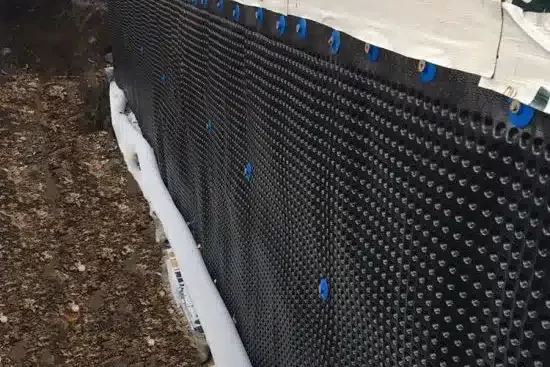
Compared to conventional drainage materials, geocomposite drainage systems offer several clear benefits:
- Lightweight and easy to install, reducing labor and transport costs
- Consistent drainage performance over time with less risk of clogging
- Reduced excavation and backfill requirements, especially in narrow spaces
- Excellent chemical and biological resistance, especially in harsh environments
This makes them ideal for long-term projects where maintenance access is limited or reliability is critical.
How Do You Choose the Right Geocomposite Drainage System?
To select the correct system, engineers and contractors must evaluate:
- Expected water flow volume and direction
- Soil type and loading conditions
- Environmental exposure (chemical, biological, or temperature)
- Structural needs (horizontal vs. vertical application)
Working with a geosynthetics supplier can ensure your geocomposite drainage system is properly specified to match the performance demands of your site.
A well-designed geocomposite drainage system offers a highly efficient, space-saving, and low-maintenance solution for modern drainage challenges in construction and infrastructure. Its ability to combine multiple geosynthetic functions—drainage, filtration, and protection—into a single system makes it an excellent alternative to traditional methods. Whether you’re working on a retaining wall, landfill, tunnel, or sports field, choosing the right geocomposite solution can significantly improve long-term performance and reduce installation complexity.
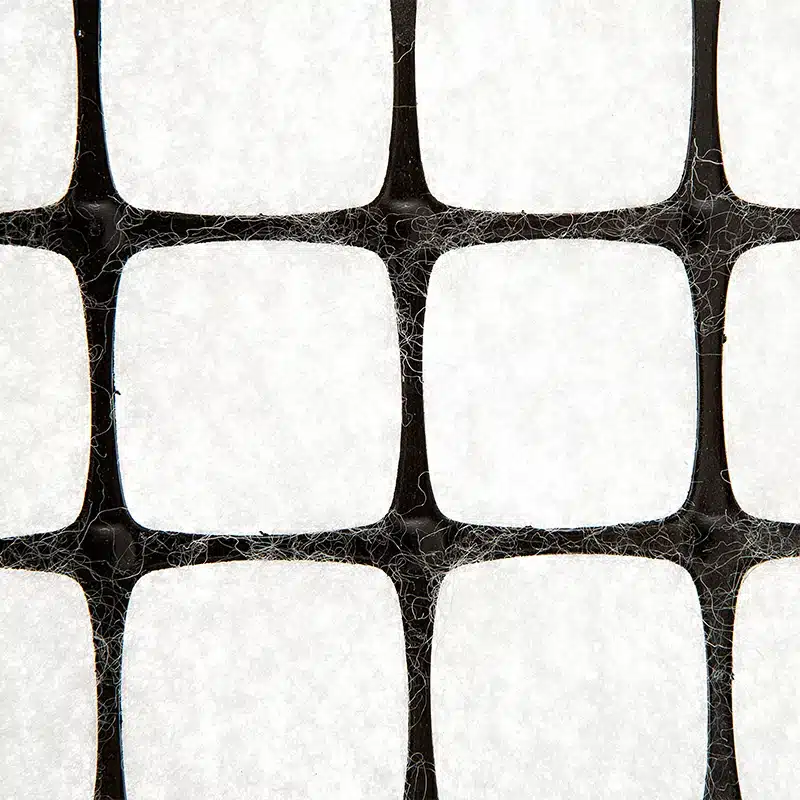
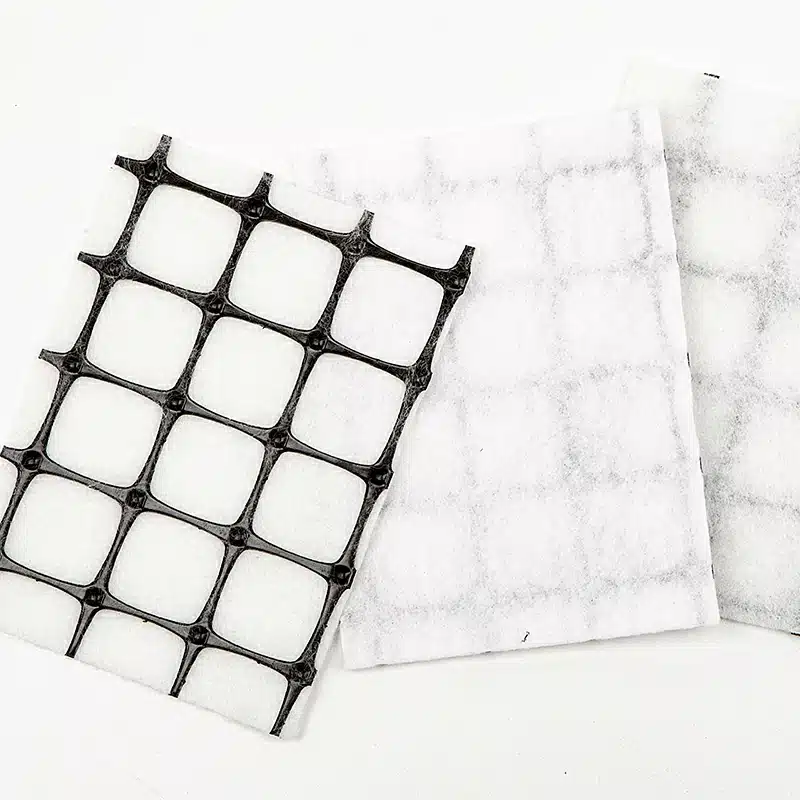
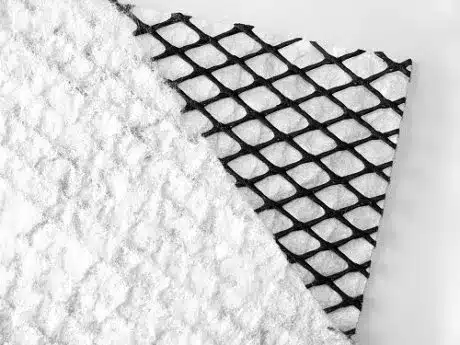
Get Free Sample
We’ll respond as soon as possible(within 12 hours)

